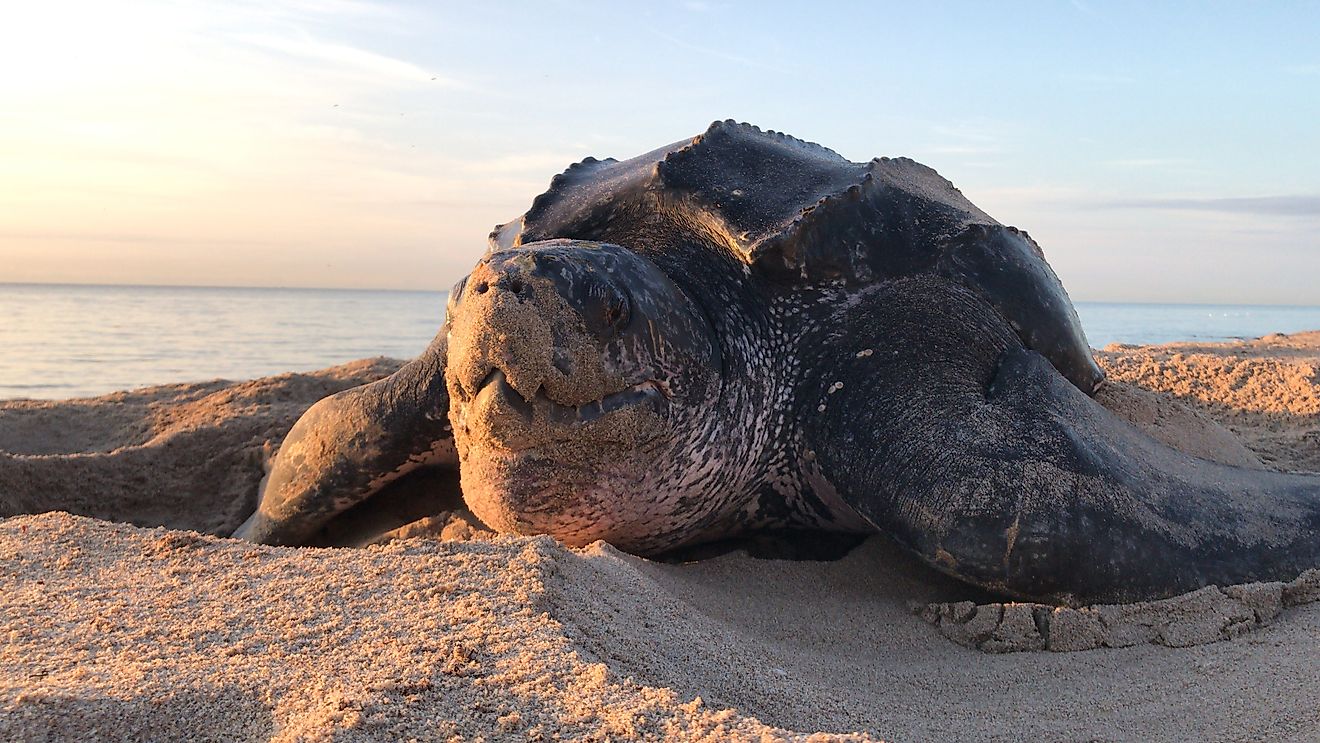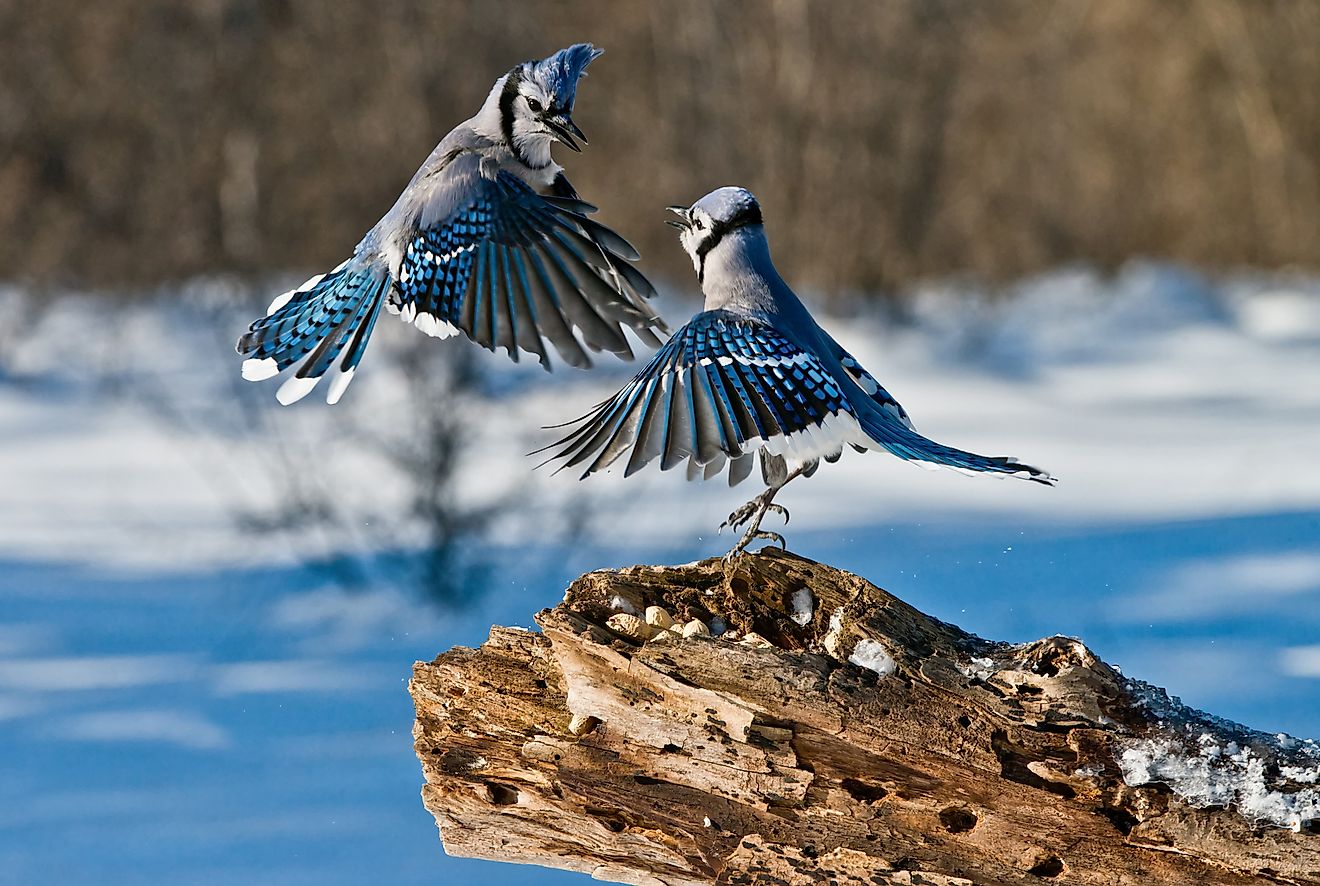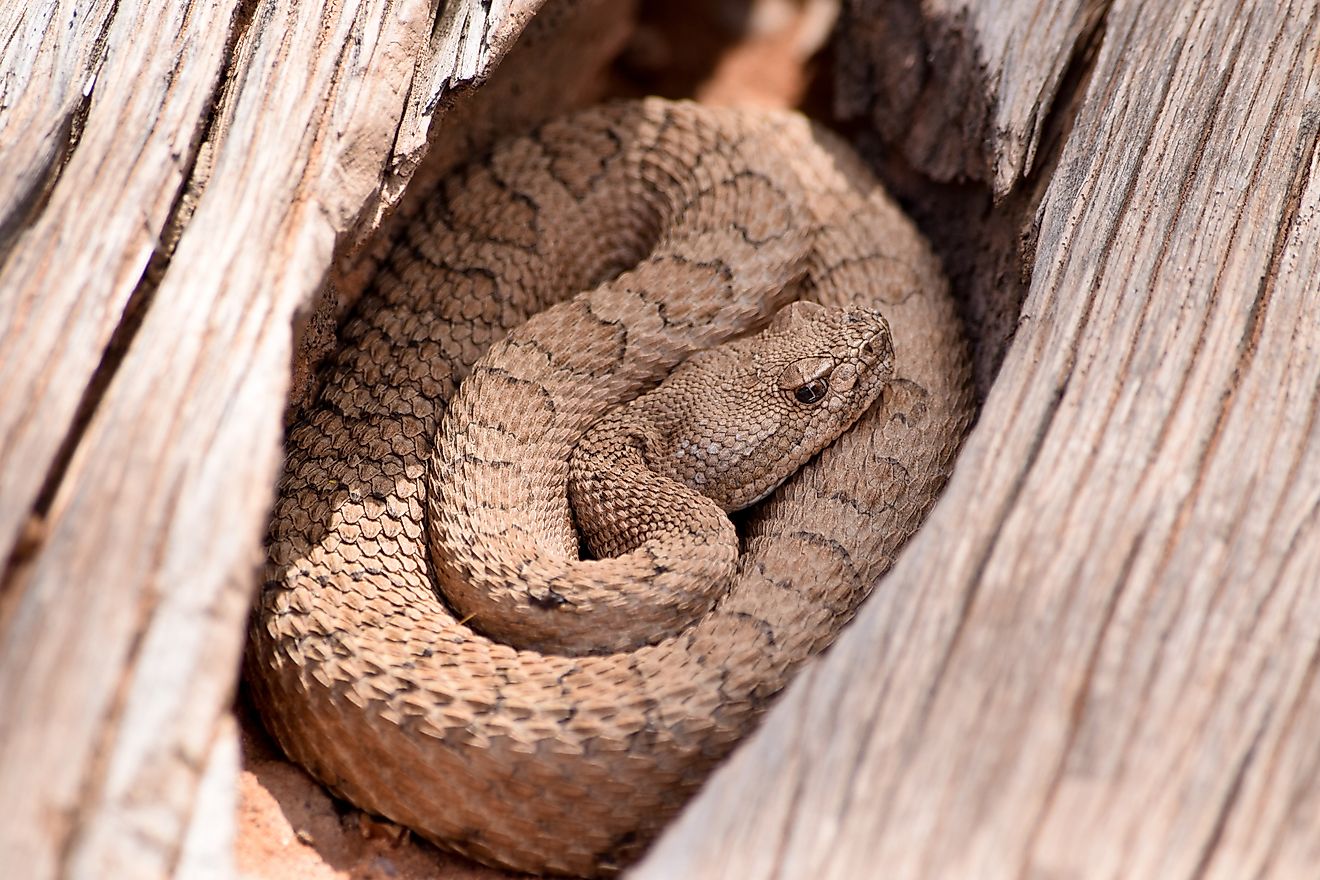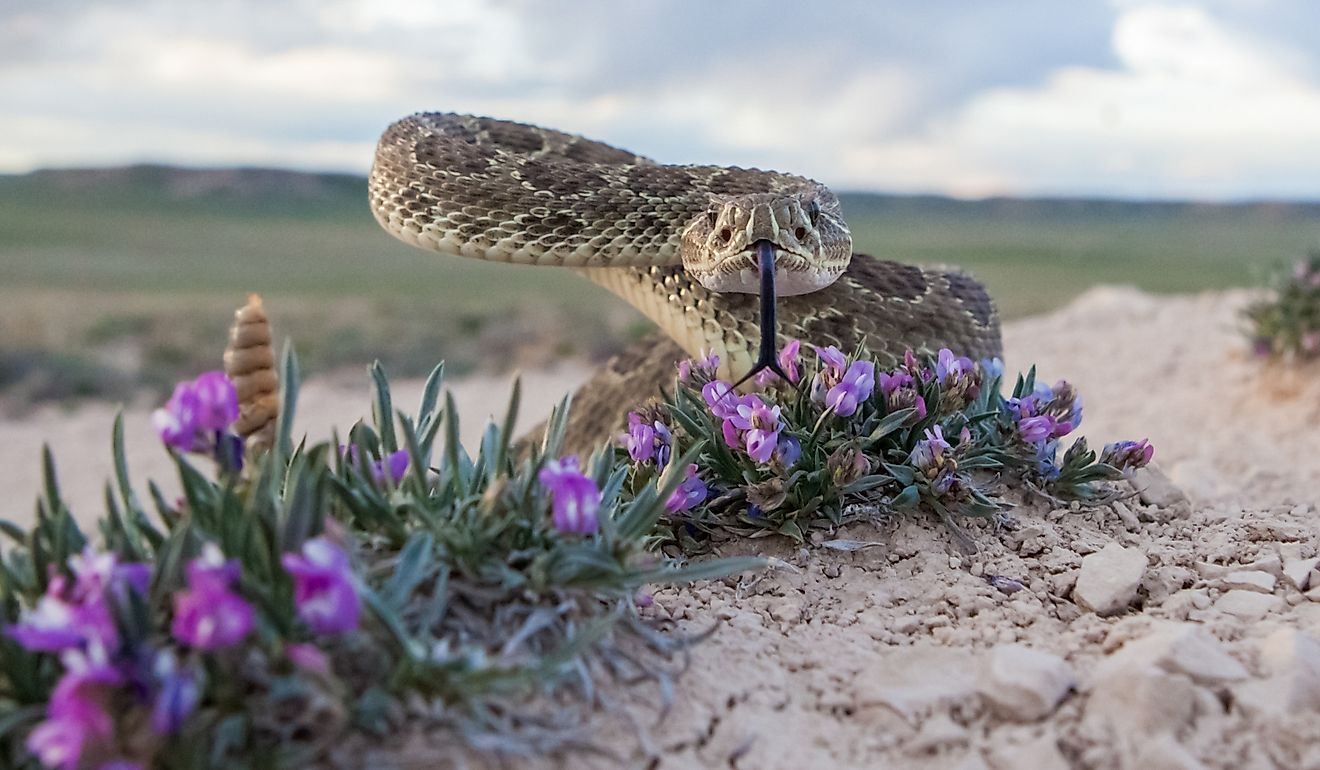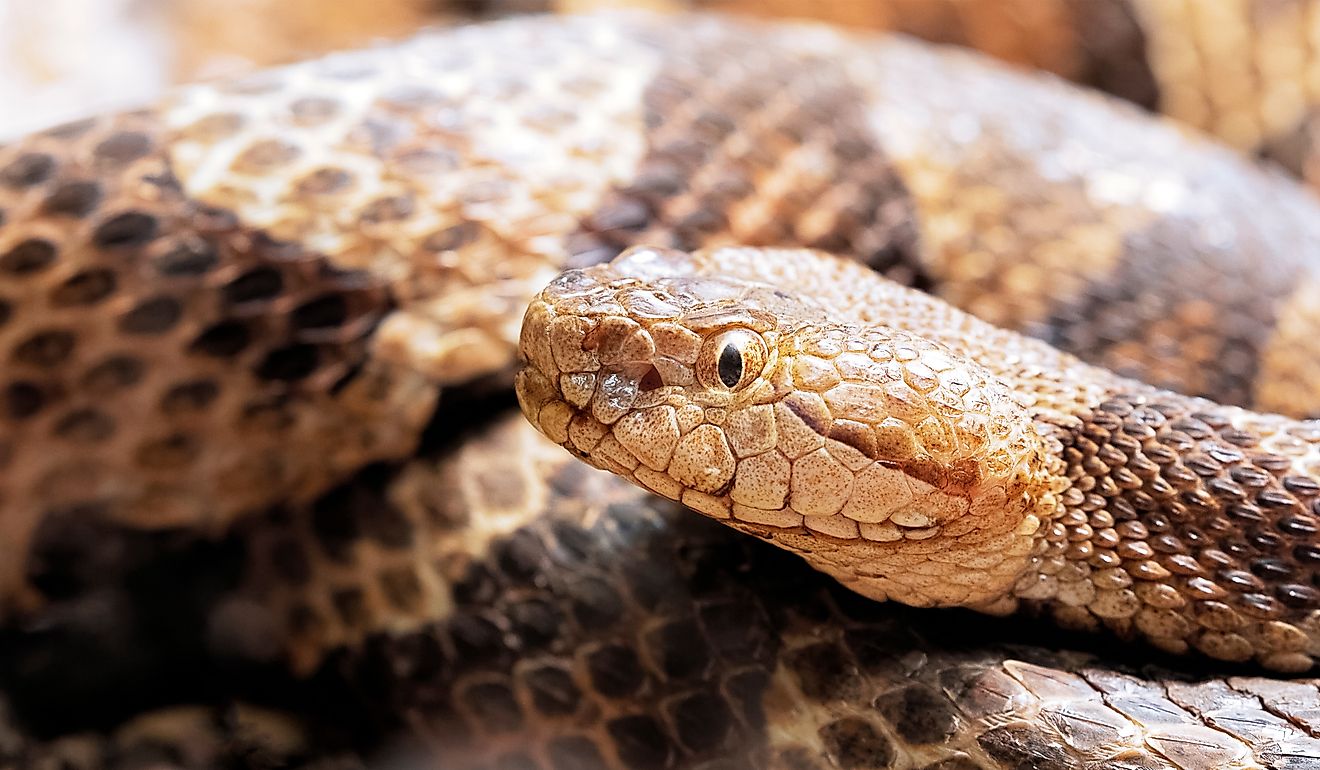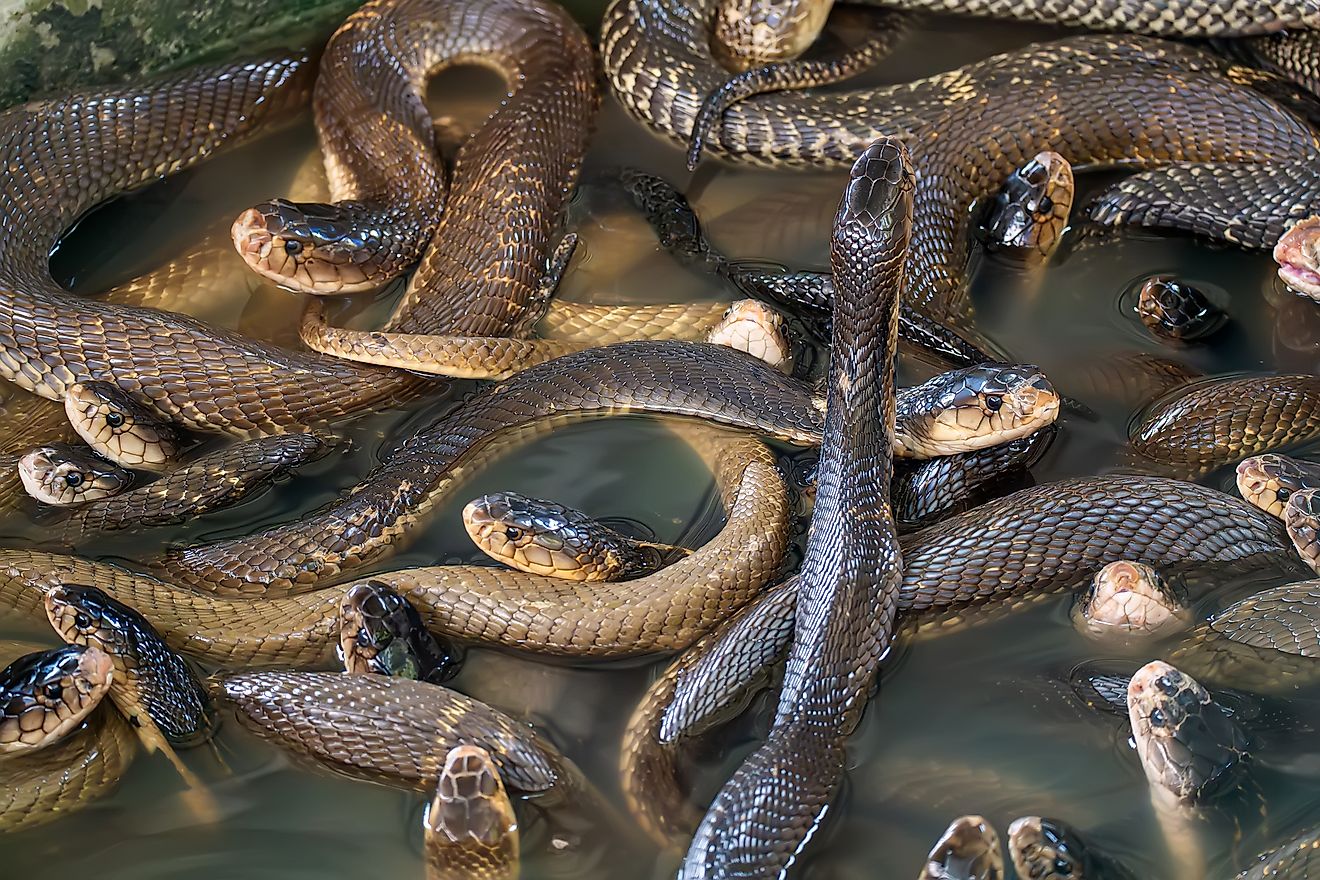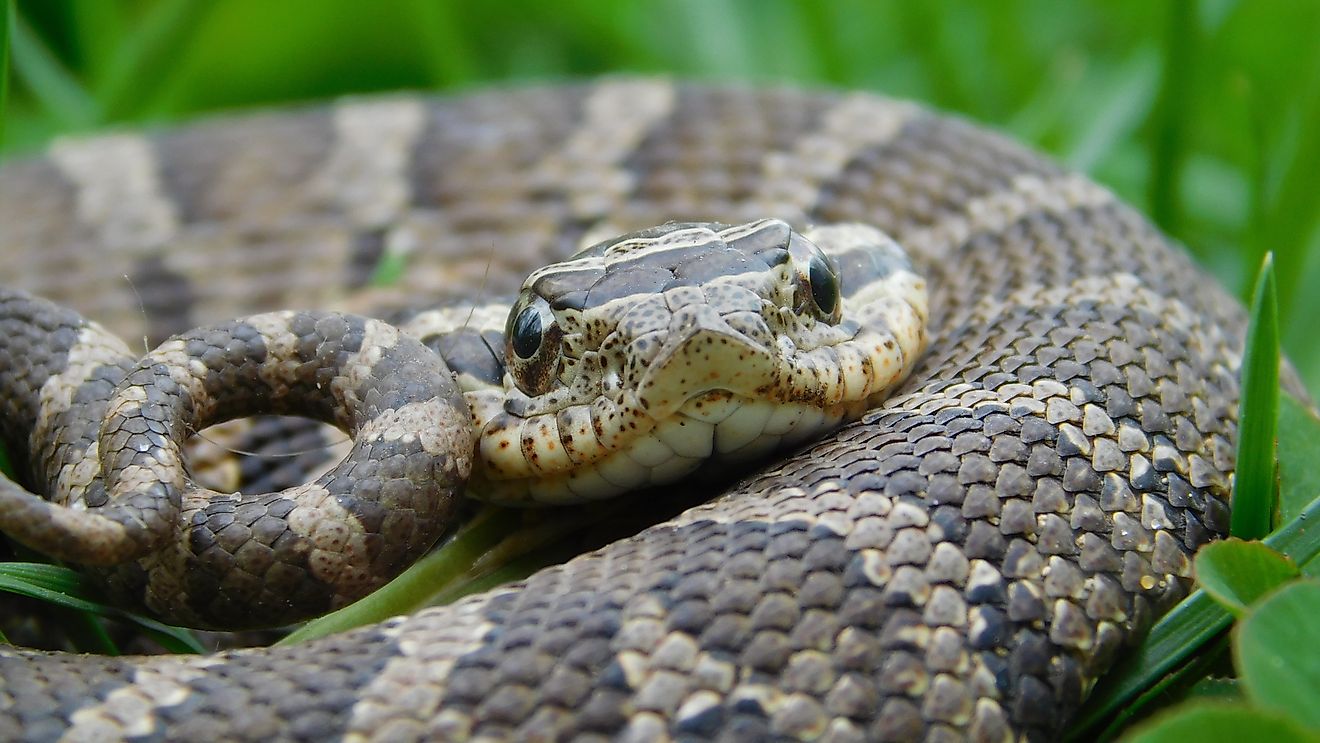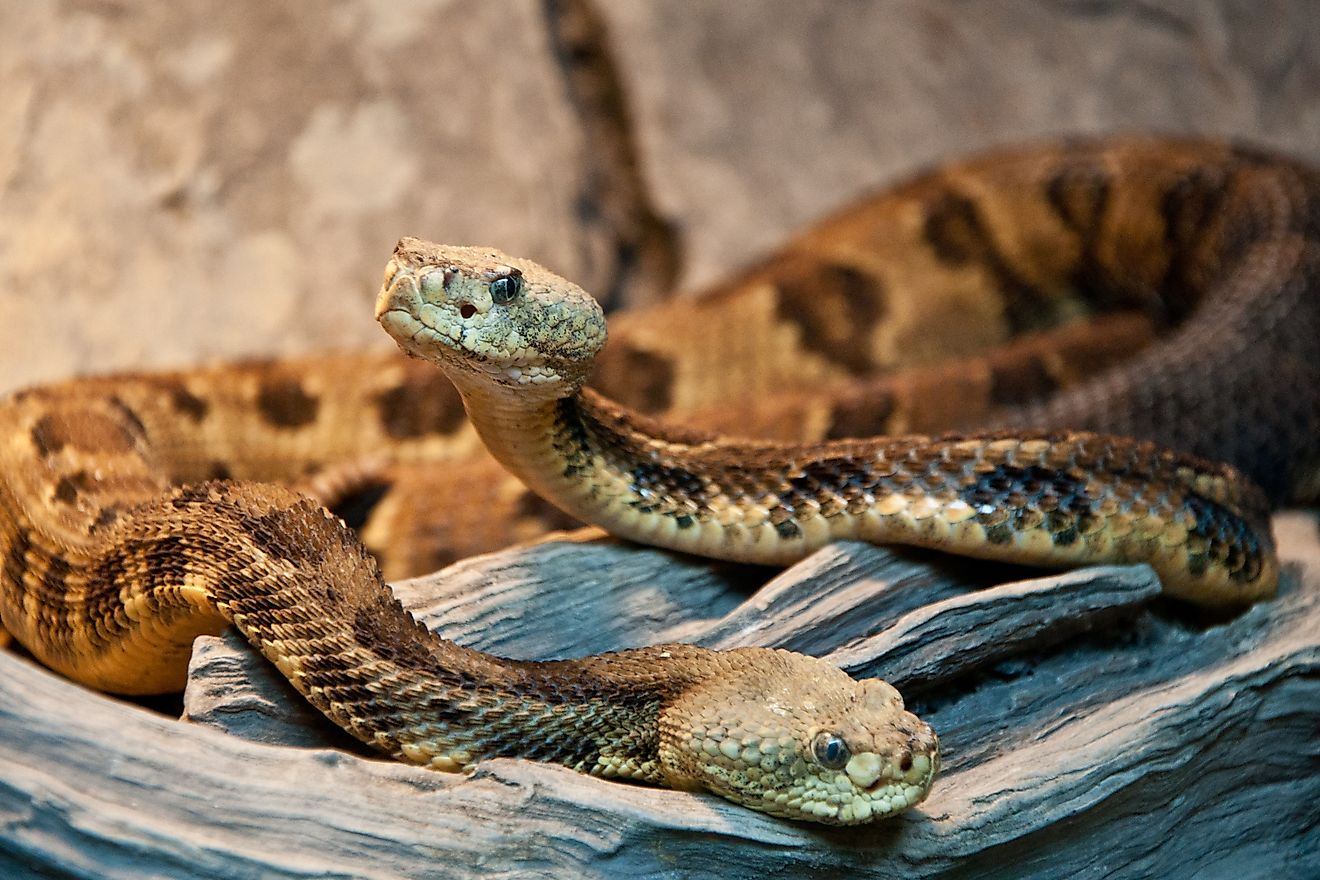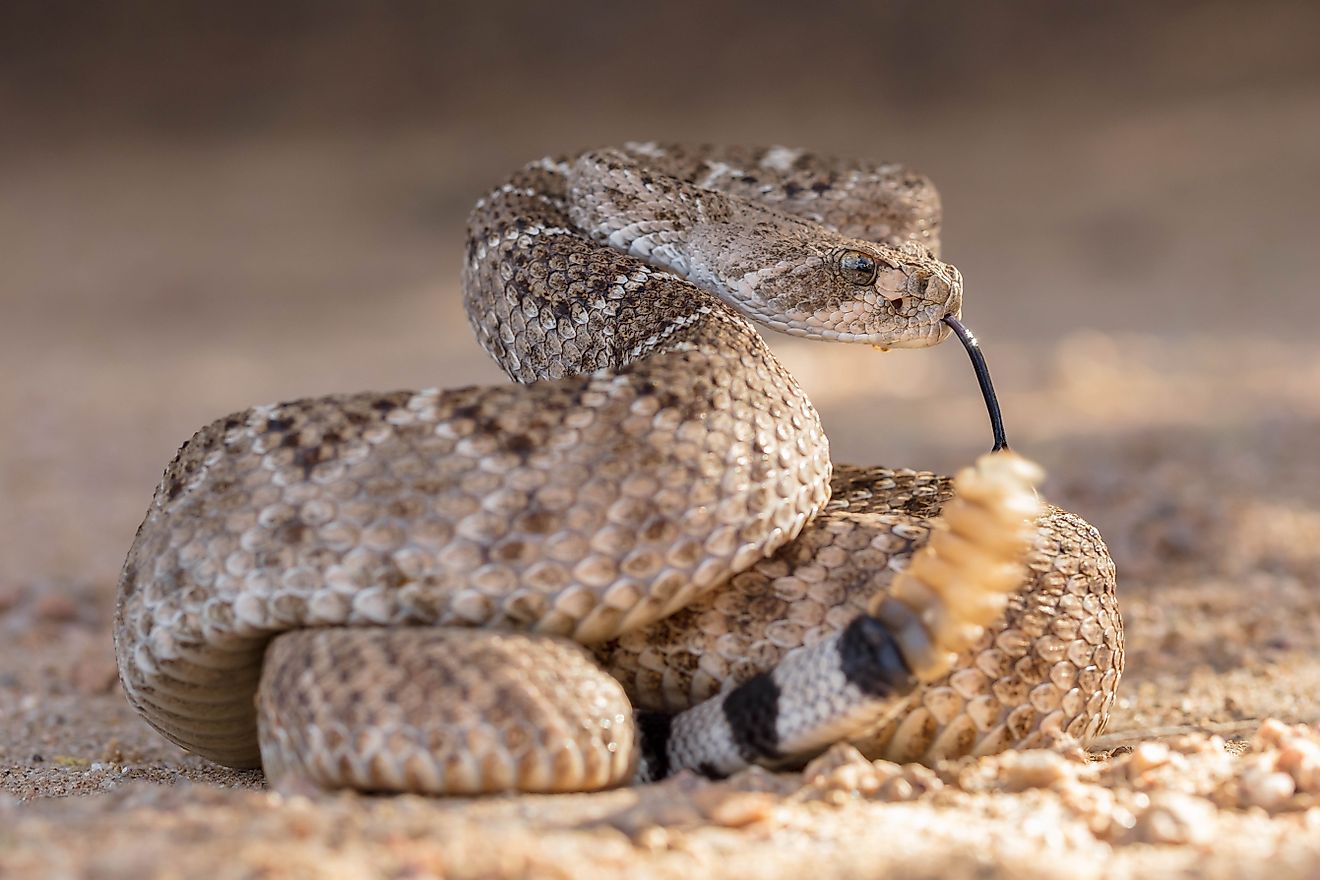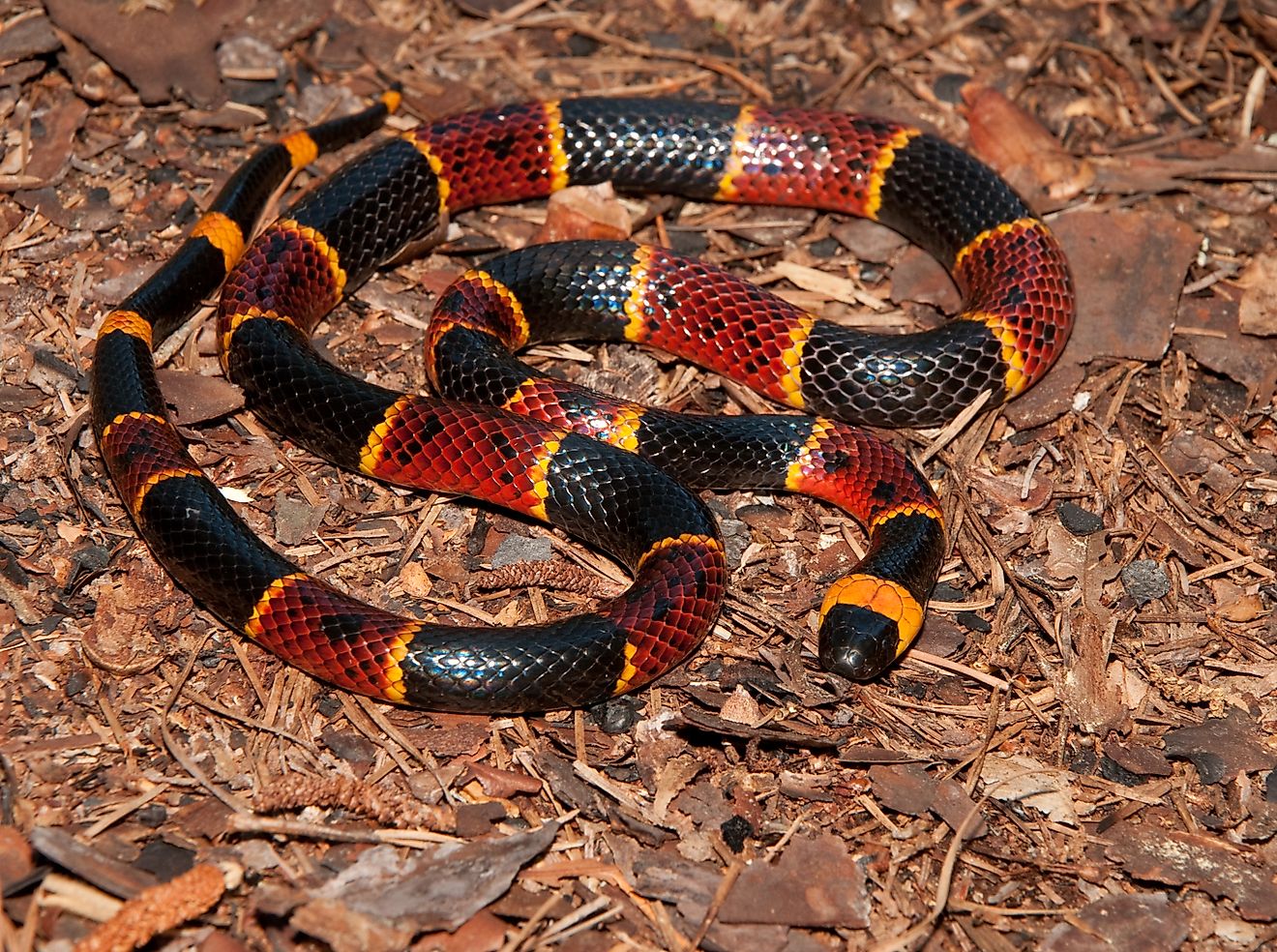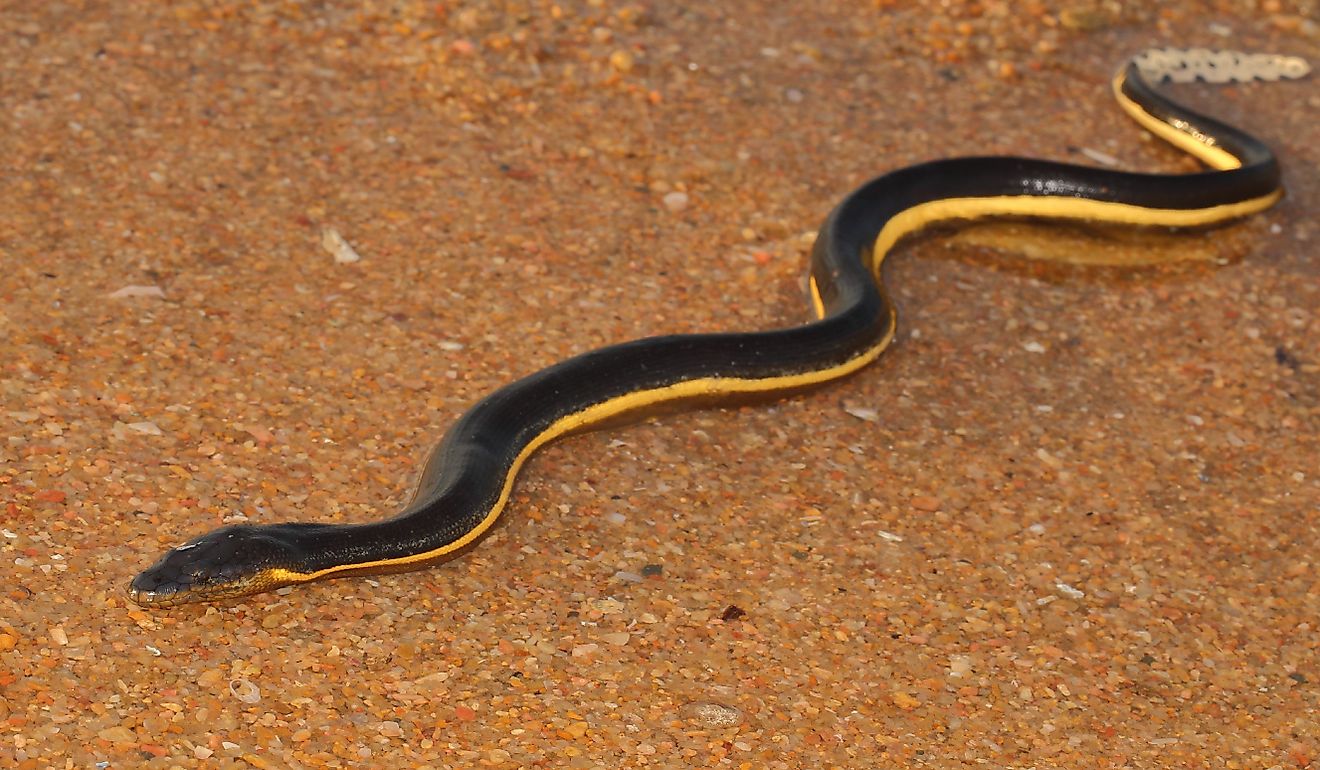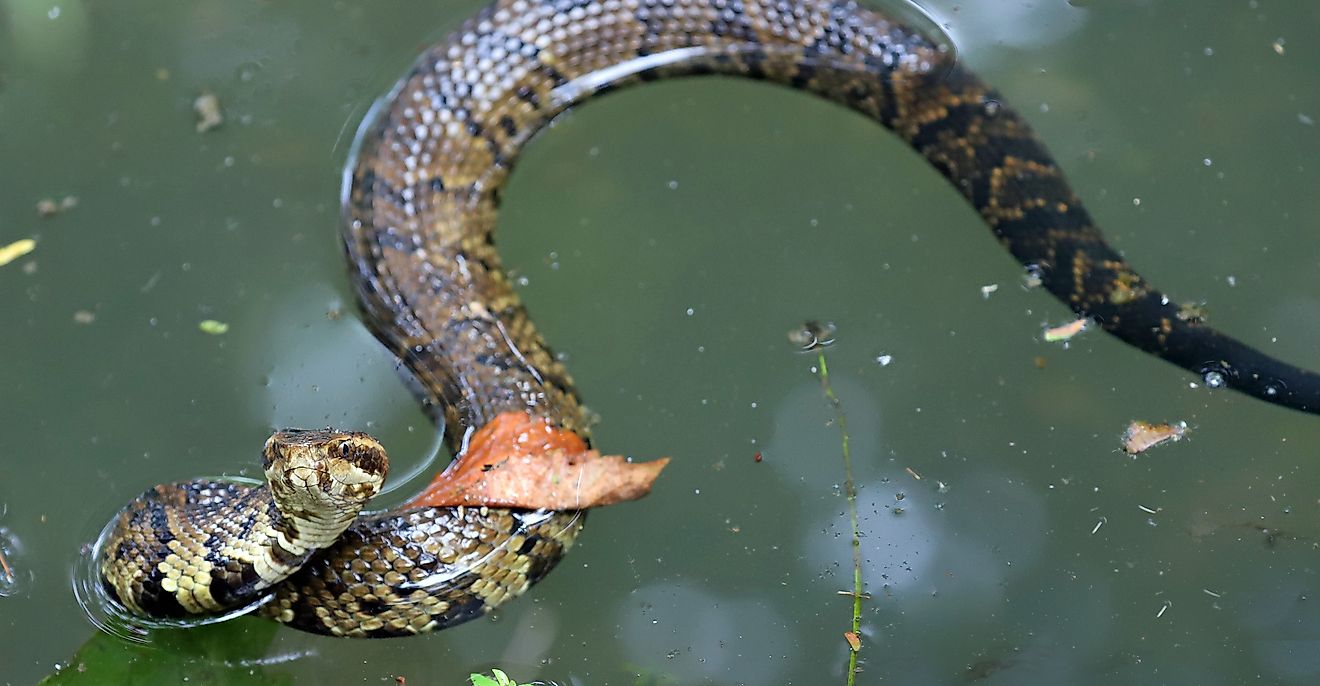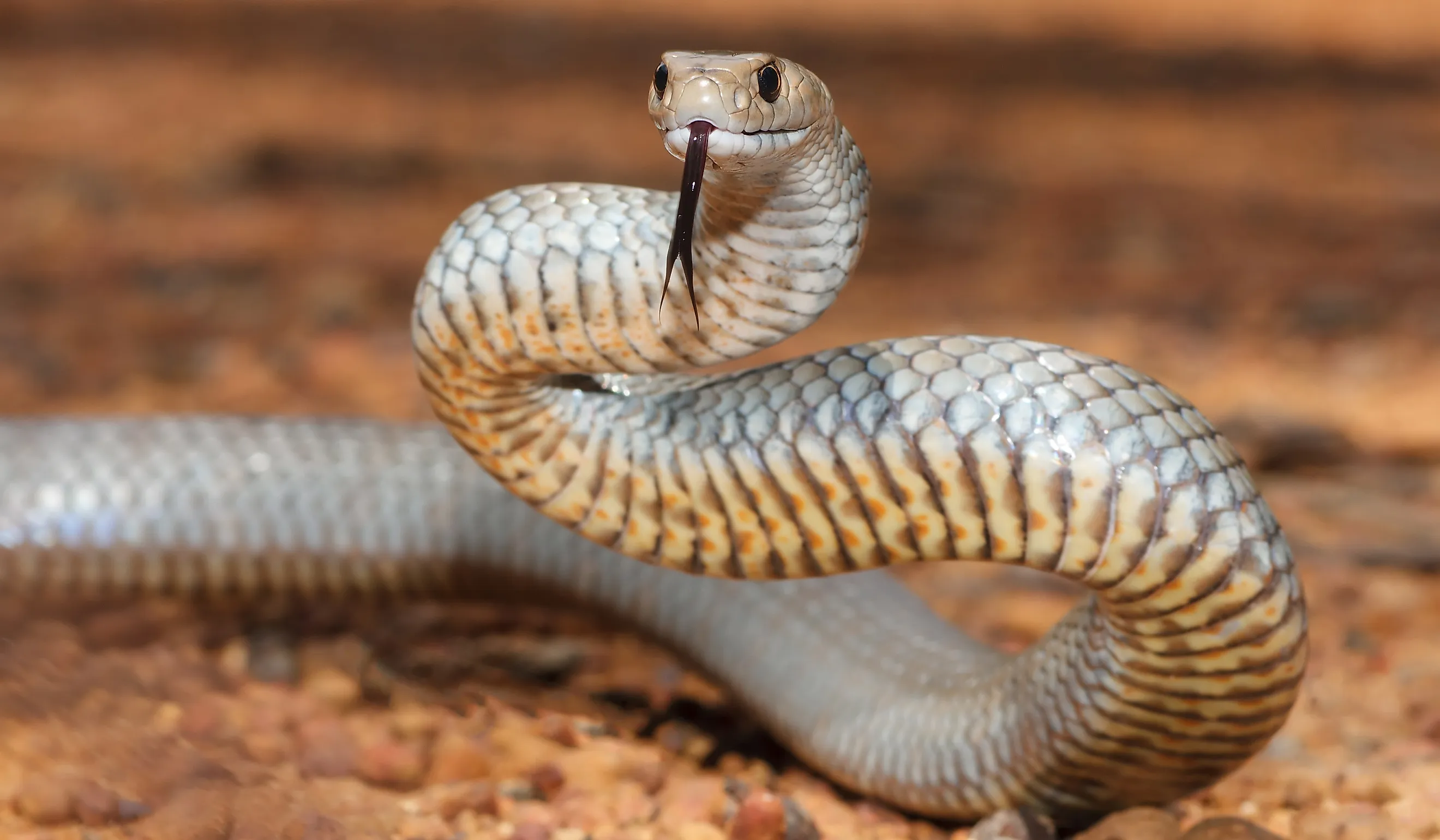
The Venomous Snakes Of Western Australia
Western Australia is home to some of the most dangerous and venomous snakes on Earth, a region notorious for its perilous wildlife. This area, including parts of Victoria, presents a variety of environments, from arid deserts to lush forests, which are all inhabited by a host of snake species. Many of these snakes possess venom powerful enough to cause death or serious harm to humans. Below, we explore seven of the deadliest species, examining their habitat, physical appearance, and the regions in which they thrive.
Western Brown Snake
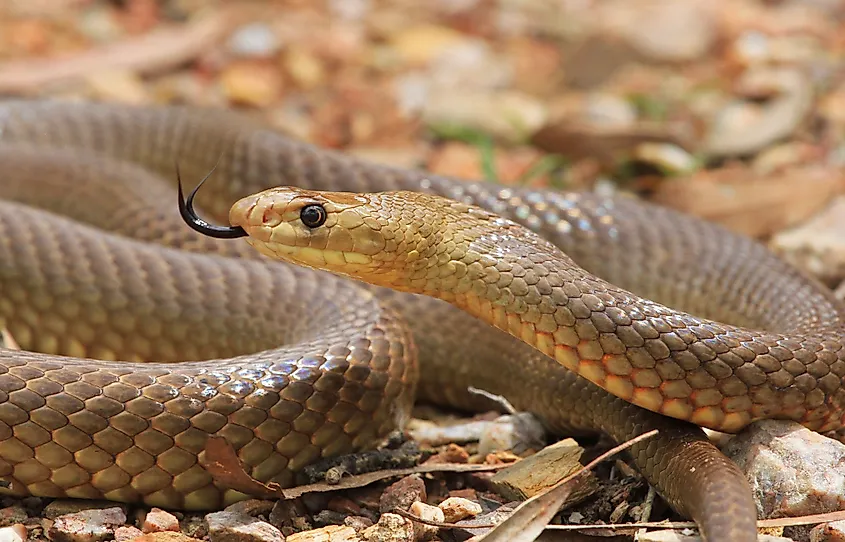
The Western Brown Snake (Pseudonaja nuchalis) is a highly dangerous species found throughout much of Western Australia, particularly in dry, open grasslands and woodlands. They are typically diurnal, although in the hottest months of the summer they are known to hunt in the late evening and early night time. This species is up to a meter and a half in length, with a slim body and a head that is barely distinct from its body.
The Western Brown Snake displays such a variety of colors that it was thought to be a multiple species, though typically they appear somewhere between light brown and black. Its belly is typically yellowish or pale. Their venom is capable of causing rapid paralysis and death, making it one of the most feared snakes in the region. Augmenting bite concerns is the snake’s aggressive disposition and rapid strike.
Coastal Taipan
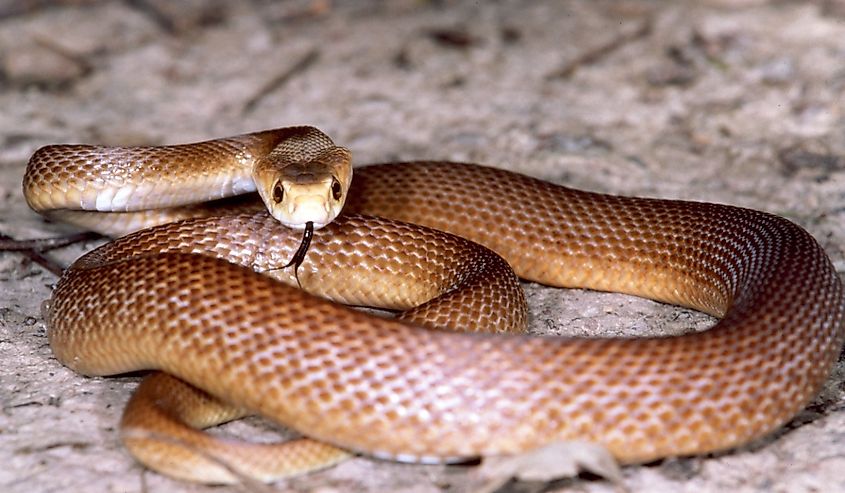
The Coastal Taipan (Oxyuranus scutellatus) is found in the coastal regions of northern Australia. Males are often slightly longer and reported to be up to three meters long, though the longest sample was 226 centimeters, with a slender body, typically olive or brown in color, and with lighter markings running along its back. It prefers areas with dense vegetation and is often found near coastal scrublands, where it preys on small mammals and birds. Its venom is highly toxic and can cause death within hours if left untreated. The Coastal Taipan has developed a fearsome reputation thanks to its potent venom and its generally nervous demeanor that, though shy, makes them prone to attack if under duress.
Tiger Snake
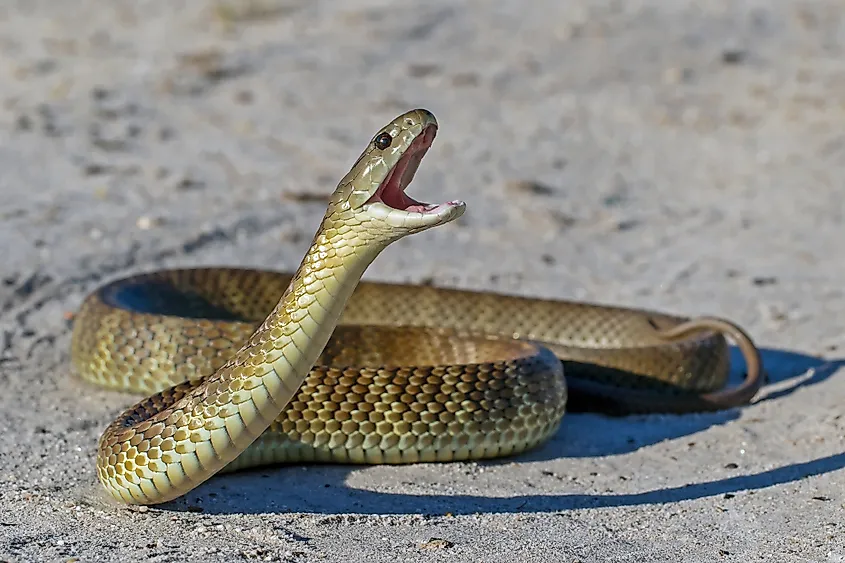
Tiger Snakes (Notechis scutatus) are native to the coastal regions of southern Australia, often found in swamps, marshes, and coastal heathlands, where they prey on frogs, fish, and small mammals. Their distinctive appearance features a body adorned with equal streaks of dark - black, brown, or olive stripes with lighter, mostly yellow-colored stripes, resembling the markings of a tiger. Tiger snakes can vary widely in size by region, with some being shorter than a meter. While relatively slow-moving, Tiger Snakes can strike with precision when threatened, and their relatively aggressive nature has given them a bit of a bad reputation around Australia.
Common Death Adder
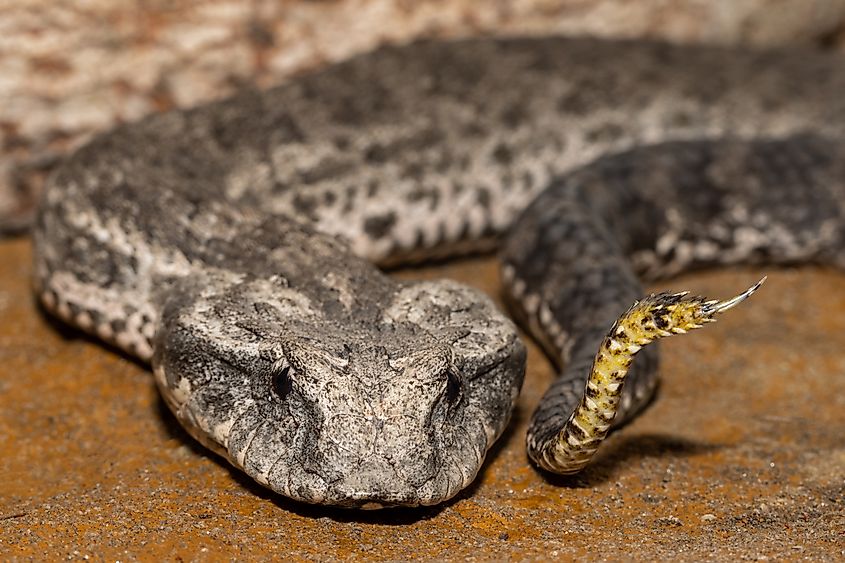
The Common Death Adder (Acanthophis antarcticus) is found throughout Australia, including southern parts of Western Australia. They are characterized by their triangular heads, short, stout bodies with lengths between .5 and 1 meter, and their variety of colorations, including reddish-brown, gray, and yellowish hues. Unlike most of Australia’s venomous snakes that are proactive hunters, the Common Death Adder prefers to stay low and out of sight, ambushing prey as they pass. Their habit of burying themselves can pose a danger for passing humans, who, while not prey, may startle the snake into a strike, and its long fangs and strong venom can be extremely dangerous, with a lethality rate of around 60% prior to the development of antivenom.
Mulga Snake
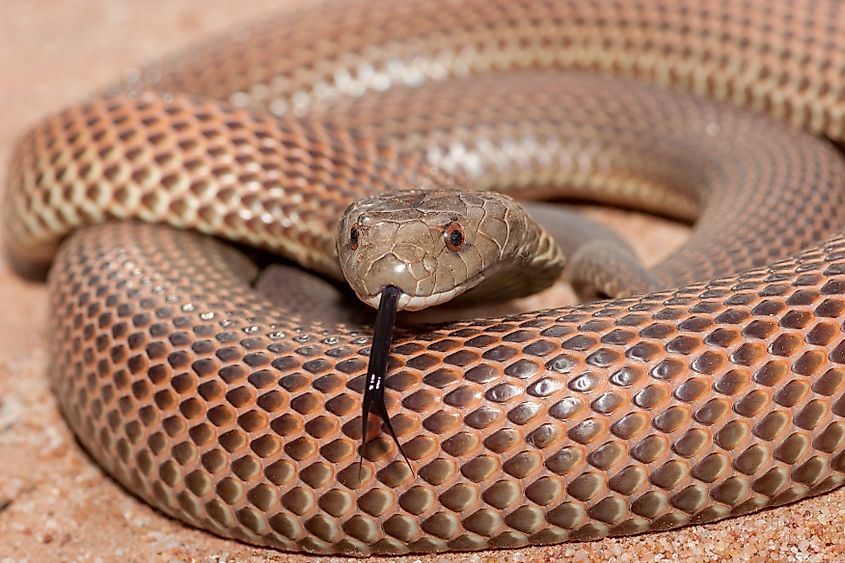
The Mulga Snake (Pseudechis australis) is one of the largest venomous snakes in Australia, with its range extending across nearly the whole of Australia and its length being recorded up 3.3 meters (more than 10 feet). It inhabits a wide variety of environments, including woodlands, savannas, and open forests. The Mulga Snake is characterized by its black or dark brown coloration, with a paler belly. It has a relatively slow-moving demeanor, but when threatened, it can strike with considerable force. The venom of the Mulga Snake is potent and can cause extensive tissue damage.
Brown Tree Snake
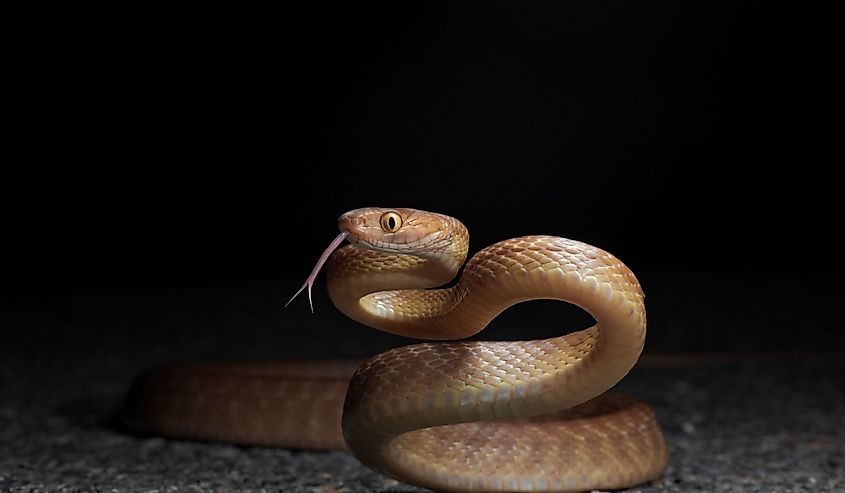
Found in the northern parts of Australia, the Brown Tree Snake (Boiga irregularis) is an arboreal species that prefers forests, woodlands, and mangroves. It has a slender, elongated body that is typically brown or gray with dark markings along its back. The snake is primarily nocturnal and typically feeds on lizards, bats, small birds, and eggs. The Brown Tree Snake is a mildly venomous species, but its bite can cause significant pain and swelling; fatalities are rare. The snake typically avoids human contact, preferring to hunt in the treetops well above our heads.
Eastern Brown Snake
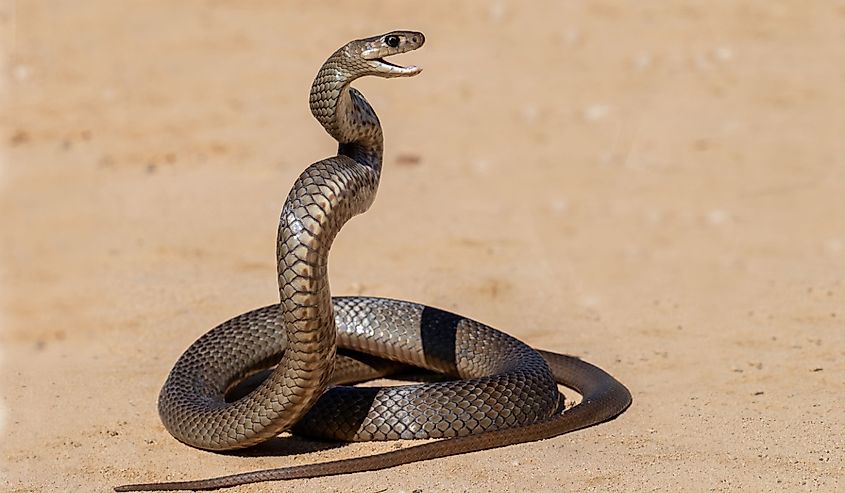
While the Eastern Brown Snake (Pseudonaja textilis) is more common in the eastern states of Australia, it is occasionally found in the northern parts of Western Australia. Its habitat includes dry grasslands, farmland, and scrublands. The snake has an iconic slender body that grows to between 1.5 and 2 meters, with a dark head and a body with a range of brown hues and a creamy or pale yellow belly. Its venom contains a mix of toxins and coagulants, which can cause severe blood clotting and paralysis. Eastern Brown Snakes are known for their speed and aggressiveness, which has given them the reputation for being the most dangerous snake in Australia.
In conclusion, Western Australia and its surrounding regions host a wide variety of snakes, many of which are extremely dangerous. These snakes, from the Inland Taipan to the Mulga Snake, thrive in diverse habitats ranging from coastal wetlands to arid deserts. While most of these snakes avoid human interaction, their venomous capabilities make them a constant concern for residents and visitors. It is crucial to exercise caution when exploring these wild areas, ensuring that one is familiar with the local wildlife and prepared for any encounters with these deadly creatures.
